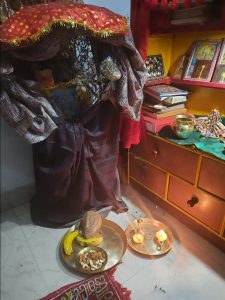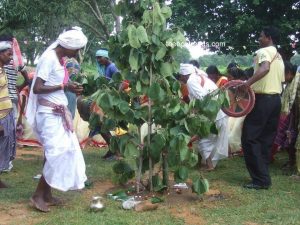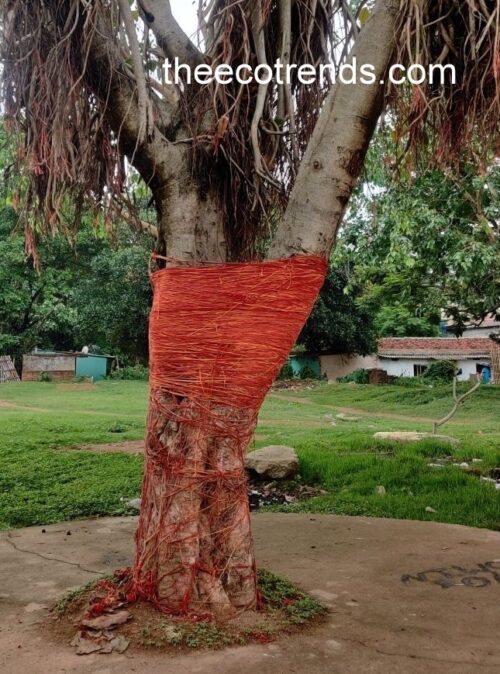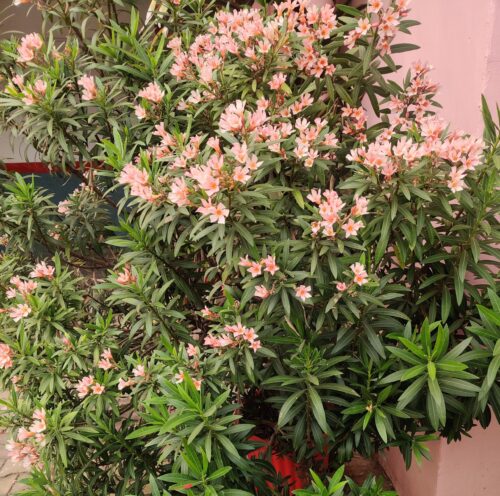The consumption of the forest products is directly related to the lives of communities that live in forests or forest villages.
Even all the human beings depend on forests, either directly or indirectly. We get valuable timber, fibre, medicines, fruits, and seeds from forests. Many Ayurvedic industries depend on forests for their raw materials on forests up to greater extent. They have their own volunteers for the collection of herbs etc., from forests and other wasteland areas.
Though in modern times, forests are directly owned and controlled by the Department of Forests, forest people still view them as their own property.
Tribal women still depend on forest produce and go into the forests to collect the forest produce. They collect ber, Mahua, fodder, herbs etc. from the forests.
They sell herbs and other forest produce in the local markets and earn minor money to carry on their living. These ladies play important roles in the protection and rejuvenation of forests.
Tree Worship
India has a long tradition of protection of natural resources. Since ancient times, forests have been the lifeline of forest dwelling communities like tribal people, rishis and munies etc. according to the Hindu mythology.
In Hindu religion people have been worshiping different trees as abodes of different deities. They have sacred faith in many plants and trees like tulsi, peepal, mango, banyan, and shami etc.
People in other religions too have similar faith.
Tribals of Jharkhand that are belonging to Sarana religion, worship at Sarana sthal which is an area having a number of beautiful trees.
Trees that are worshipped by people under different traditions, and cultures are known as Sacred Groves. Tribal people of Jharkhand worship different trees on different occasions of their traditional religious rituals.
Worship of sacred grove is a traditional way of conservation of biodiversity. These can be considered as the ancient equivalent of natural sanctuaries through which all forms of living creatures are given protection by a particular deity under a particular religion. No one is permitted to cut any tree or plant, kill animals and birds, or harm any form of life in this area.
Ancient Indian texts have many references to sacred groves, for example, Kalidaasa’s Vikramorvawsiyam.
Tribal people of Jharkhand are today starting movements to establish a Sarna Religious Code though some of them stand against it saying that it is a cleaver trick of other people to combine tribals in their religion.
Today, as per reports there are only about 1000 square kilometers of undisturbed sacred groves.
These sacred trees are scattered in different patches across the country. Only the groves in the remote and inaccessible areas remain untouched.
While religious taboo protected the groves near towns earlier, today they are protected with the means of barbed wire fencing or hedges.
The decline of sacred groves can be attributed to the change in social values and religious beliefs as a result of modernization and urbanization.
The expansion of the market economy, which places heavy demand on resources such as timber, is another major cause. For most villagers, economics is easier to understand than ecology.
However the faith in sacred trees is very deeply enshrined and it is seen that even most modern Hindus do not dare to cut a tree of Peepal, or Mango or to uproot a bush of tulsi.
Sacred Groves are found in many different parts of the world. Author James Frazer in his treatise entitled Golden Bough, has mentioned that people have been worshiping trees right from the Palaeothic period.
In ancient Greece and Rome stone walls usually enclosed these forests. Initially these forests began as open-air temples but even after huge temples were built they continued to be protected.
Many of them contained streams and lakes that were also considered sacred, and no one was allowed to fish in them or to pollute them. Such groves exist in countries such as Ghana, Syria, and Turkey.
The survival of these groves depends entirely on the control of the community over the forest and the people. Usually these areas are designated as holy and dedicated to a god or a goddess.
Hindus worship Banyan trees during Vat Savitri. They worship Peepal Trees considering it the place of Shani Dev. They worship Neem Trees as Sheetala Mata. They worship Tulsi as beloved of Lord Vishnu and arrange Tulsi Vivah (marriage) on Particular day.

The worship of trees is done through different methods. There are religious books on these worships. Sacred threads are encircled around banyan trees preying that the relation of wife and husband may remain immortal by the blessings of the God living on that tree. Refer Feature Image)
Tribal people of Jharkhand worship Karam Tree during their Karma Pooja. During this Pooja twigs of Karam Tree are planted at a sacred place. The Pahans (Purohits) worship these branches. Other tribal people perform traditional dance around the place on the music of Mandar, the traditional Music Instrument.

Thus, we see that different trees are linked to our religions and no one is allowed to cut these trees at any cost.
There is an old Peepal tree in my home village in U.P. India.
By chance a man constructed his house in a way that the tree stands just before his door.
The tree drops numerous leaves on the ground and every day the hose owner has to sweep the floor.
The birds sitting on the trees drop their excretory materials on the ground the whole day.
After becoming fed of these he decided to cut the tree and to expand his campus besides the issue of cleanliness. But no Hindu can cut the tree.
He tried hard and searched a wood cutter in the market for months. But no one got ready to cut the tree even after taking a big remuneration. At last a Muslim wood cutter agreed and came to see the tree. After thinking for some time, he too refused to cut the tree even after taking lots of money, and went back.
Though the tree is very old and its branches are drying one by one. Some dried branches have already come down during heavy wind and rains. But the tree is standing there. Now it will have to live its whole life.




